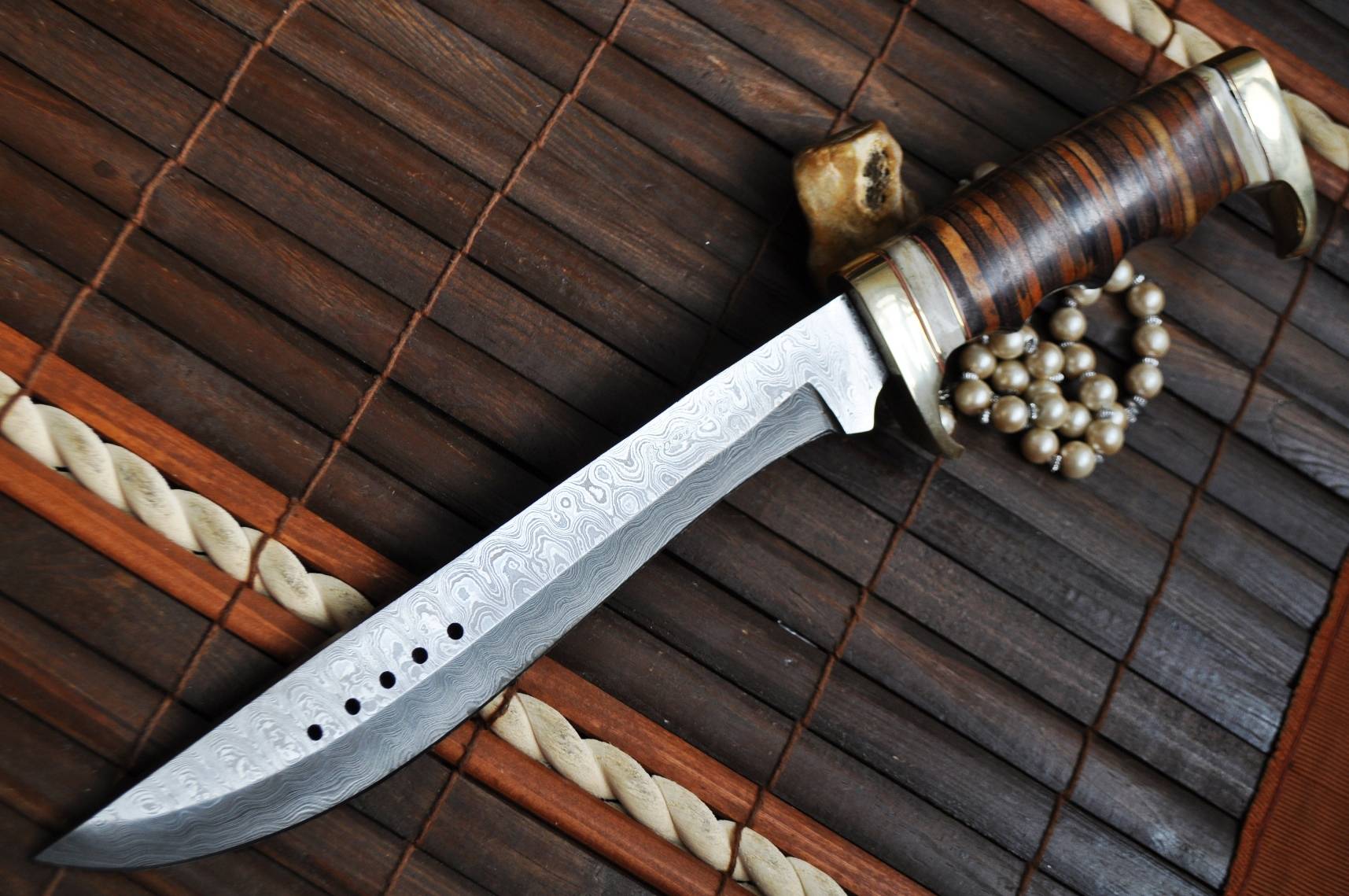From Battlefield to Symbol: How Swords Shaped History and Everyday Life

Strong 8k brings an ultra-HD IPTV experience to your living room and your pocket.
Throughout history, the sword has been more than just a weapon. It has served as a tool of war, a symbol of power, a badge of honour, and even a ceremonial object. While swords are no longer part of daily life in a practical sense today, their historical presence deeply influenced cultures, laws, traditions, and values across civilizations. Understanding how people used swords in the past reveals much about human history and our social evolution.
Swords as Tools of Survival and Warfare
In ancient times, swords were essential tools of survival and warfare. From the Iron Age to the late medieval period, they were the primary weapon of soldiers and warriors. Whether it was the Roman gladius, the Viking broadsword, or the Japanese katana, swords were designed for close combat, offering both offensive and defensive capabilities.
Unlike spears or bows, swords were more versatile in tight battles and one-on-one fights. This made them ideal for personal protection and battlefields where strategy and skill were equally important. In many cultures, being skilled with a sword was a mark of courage, status, and training. Knights, samurais, and elite guards often trained for years to master swordsmanship.
A Symbol of Power and Authority
Beyond warfare, swords quickly took on symbolic roles. In Europe, the sword became a sign of nobility and divine authority. Monarchs were often crowned with ceremonial swords at their sides. During knighthood ceremonies, a sword was used to “dub” a knight, symbolising honour and loyalty.
In ancient India, swords were offered to gods in temples and used in rituals as symbols of strength and protection. Similarly, in Japan, the katana was not just a weapon but a soul-bound object for the samurai, treated with deep spiritual respect.
Even in legal traditions, swords played a role. The phrase “the sword of justice” represents the idea that law can punish and protect. Statues and courtrooms across the world still depict Lady Justice holding a sword alongside scales, signifying fairness backed by authority.
Role in Cultural and Ceremonial Life
Swords also became part of cultural expressions. In many traditional dances and festivals, swords are used symbolically. For example, Scottish sword dances were performed before battle or during celebrations. In Indian martial arts like Kalaripayattu, swords were a core weapon taught as part of spiritual and physical discipline.
Marriages, royal processions, and religious events sometimes included swords as ceremonial elements. The sword served as a guardian of peace, honour, and responsibility in many such occasions.
Swords in Daily Life: Tools, Not Just Weapons
In some societies, especially during feudal times, swords were worn daily, much like how people carry wallets or phones today. Samurai, knights, and noblemen wore swords as part of their attire — not only for defense but also as symbols of their class and duty.
Even in agriculture and daily chores, sword-like blades were adapted into tools. Long knives, machetes, and sabres evolved into instruments for clearing land, cutting crops, and defending livestock. The influence of the sword shaped the design of various blades we still use today in farming and gardening.
Swords Today: Memory, Martial Art, and Symbol
Though modern life no longer requires the sword for combat, its legacy remains. Martial arts schools continue to teach sword forms like fencing, kendo, or iaido, preserving centuries of discipline and philosophy. Swords are also popular among historians, collectors, and reenactors who appreciate their beauty and history.
In popular culture, swords continue to inspire awe — whether in films, books, or video games. They remind us of heroism, struggle, and honour, even in fictional settings.
Note: IndiBlogHub features both user-submitted and editorial content. We do not verify third-party contributions. Read our Disclaimer and Privacy Policyfor details.



